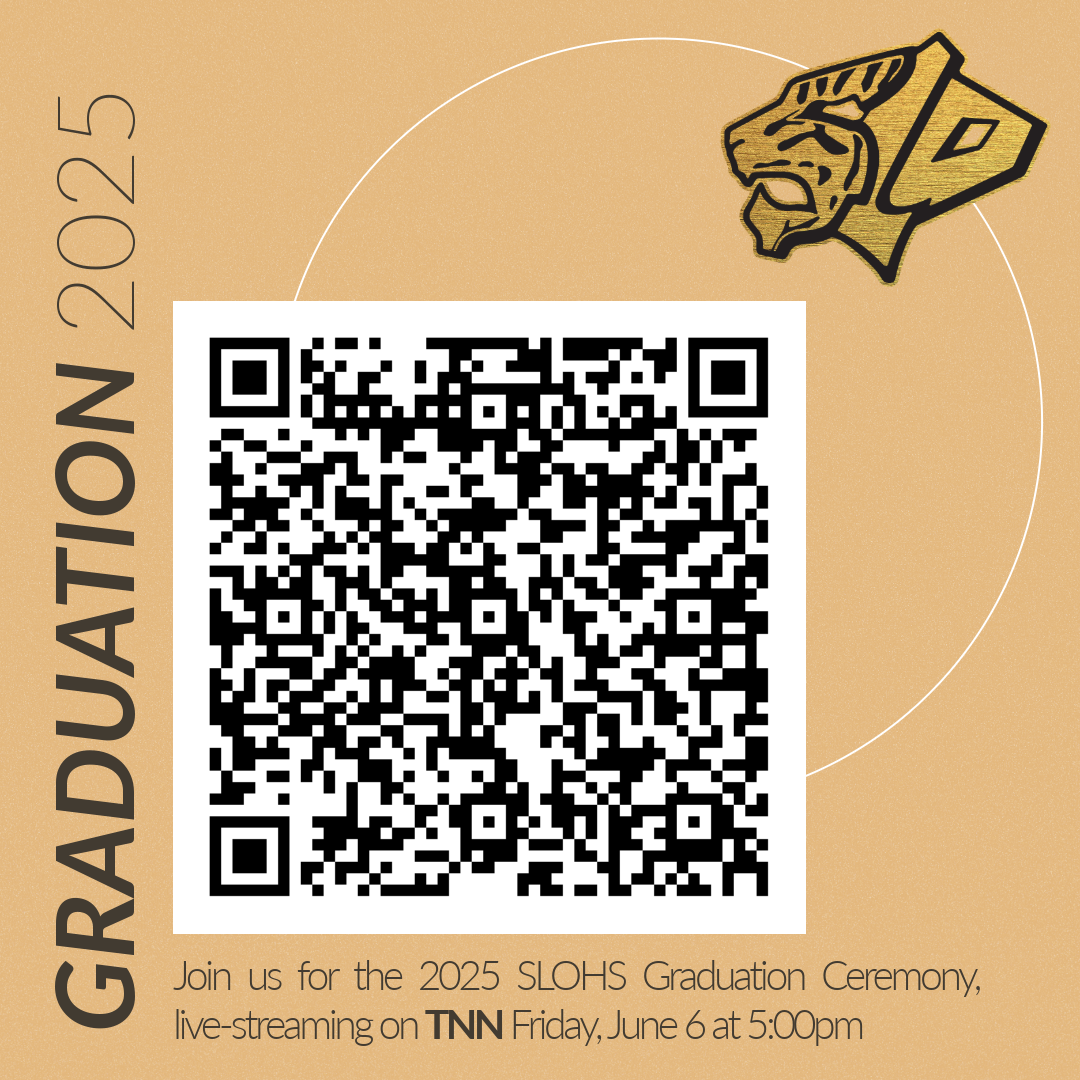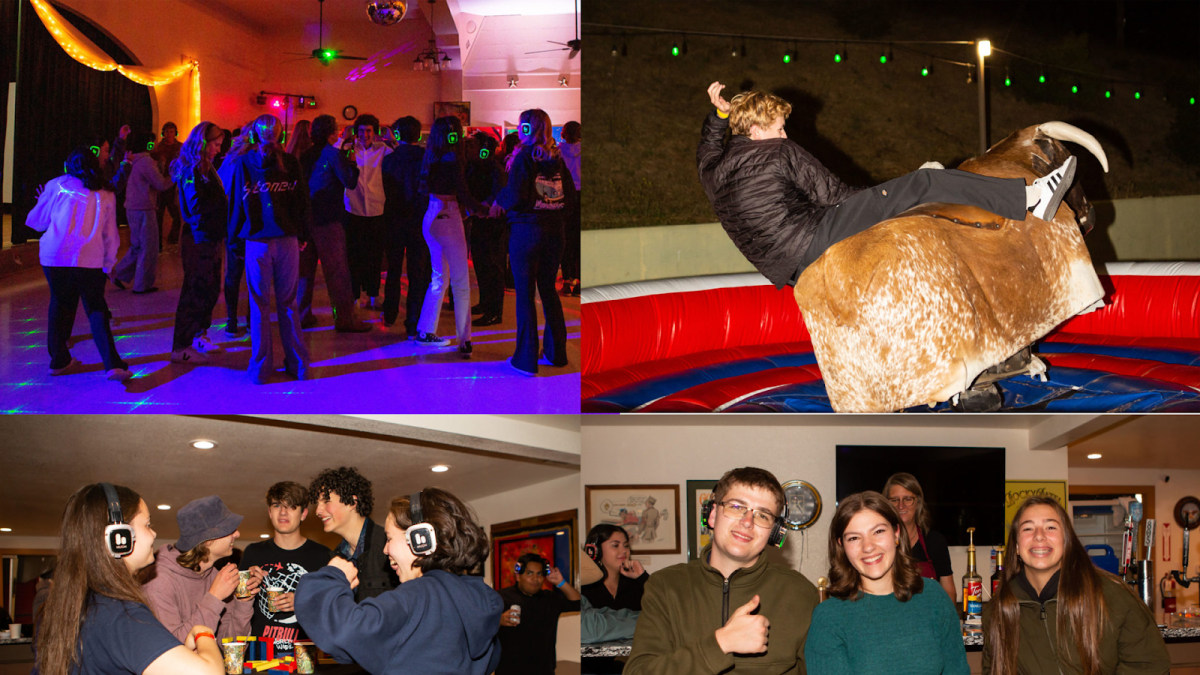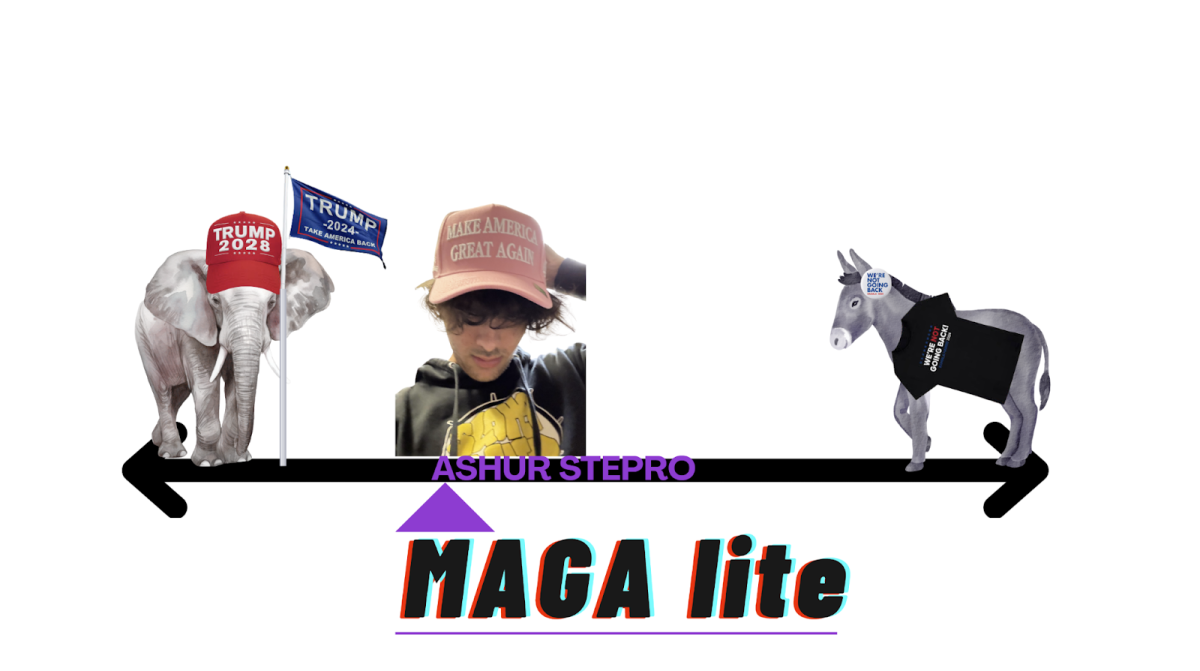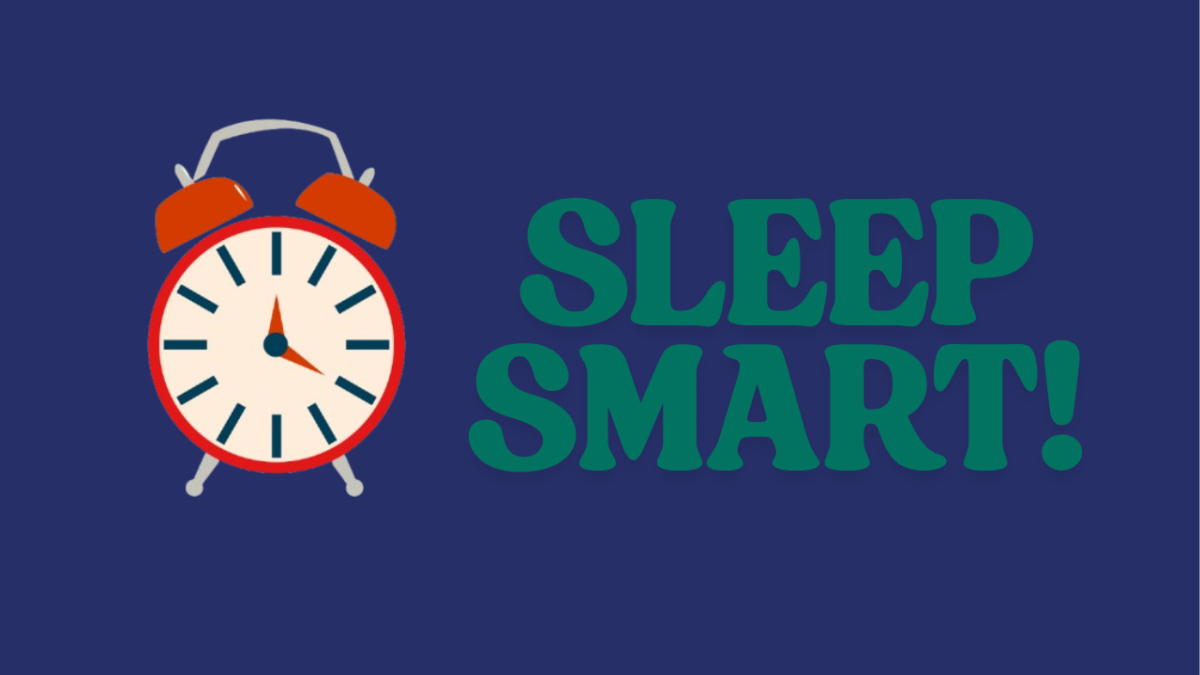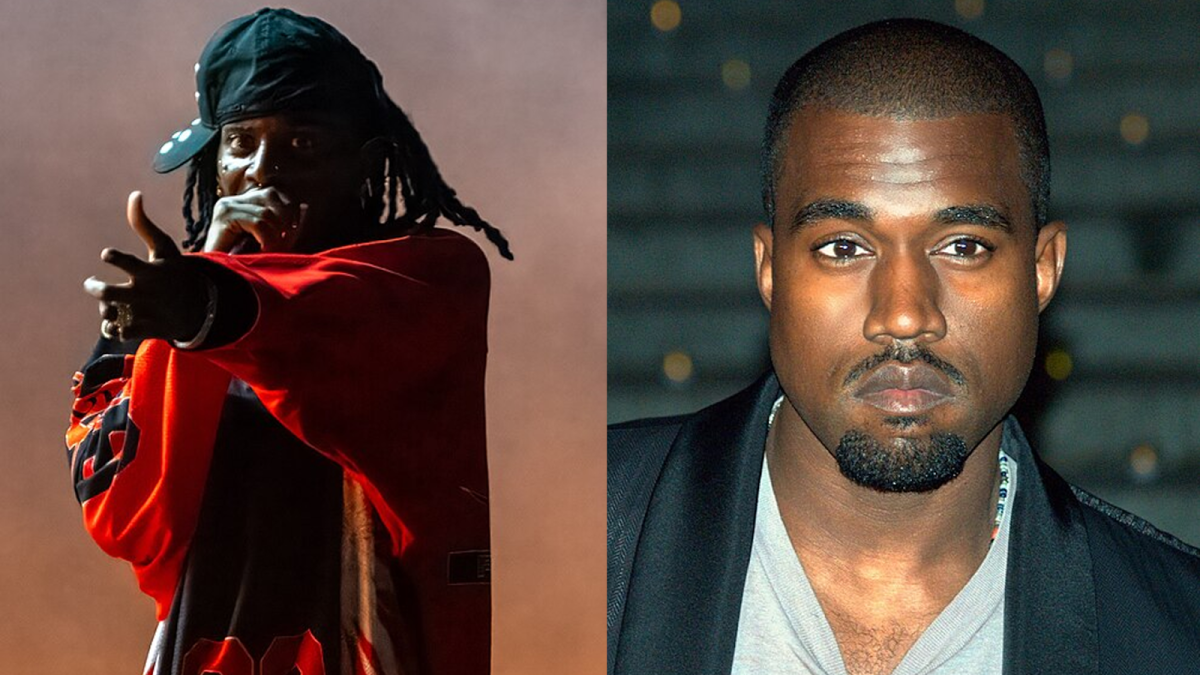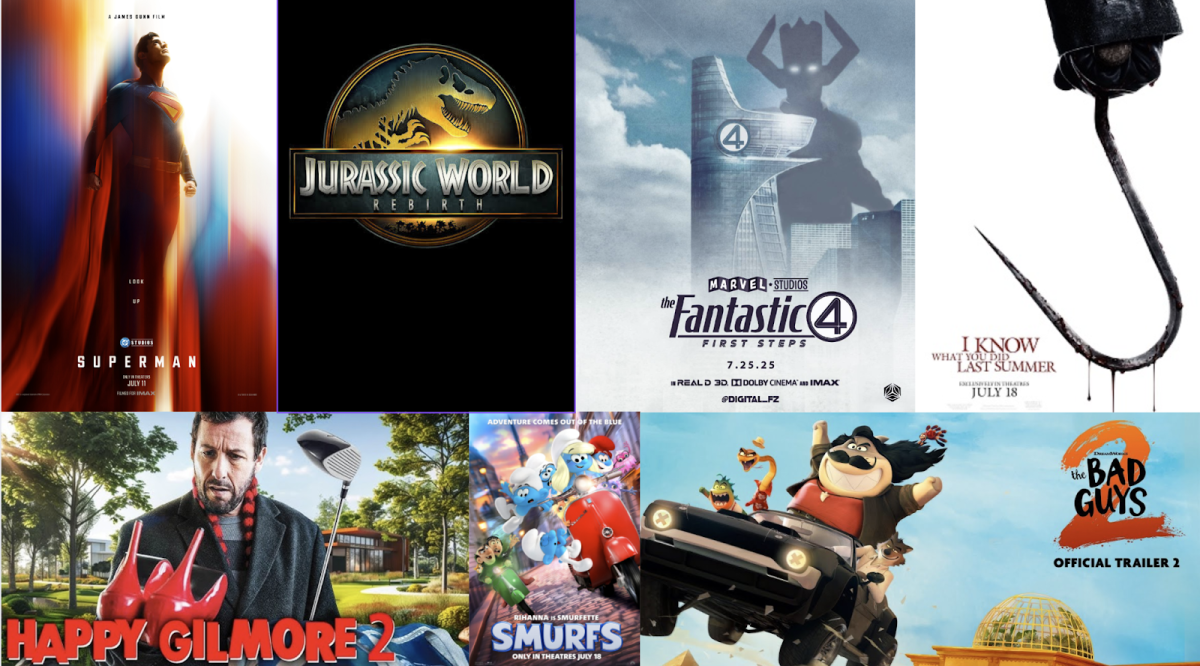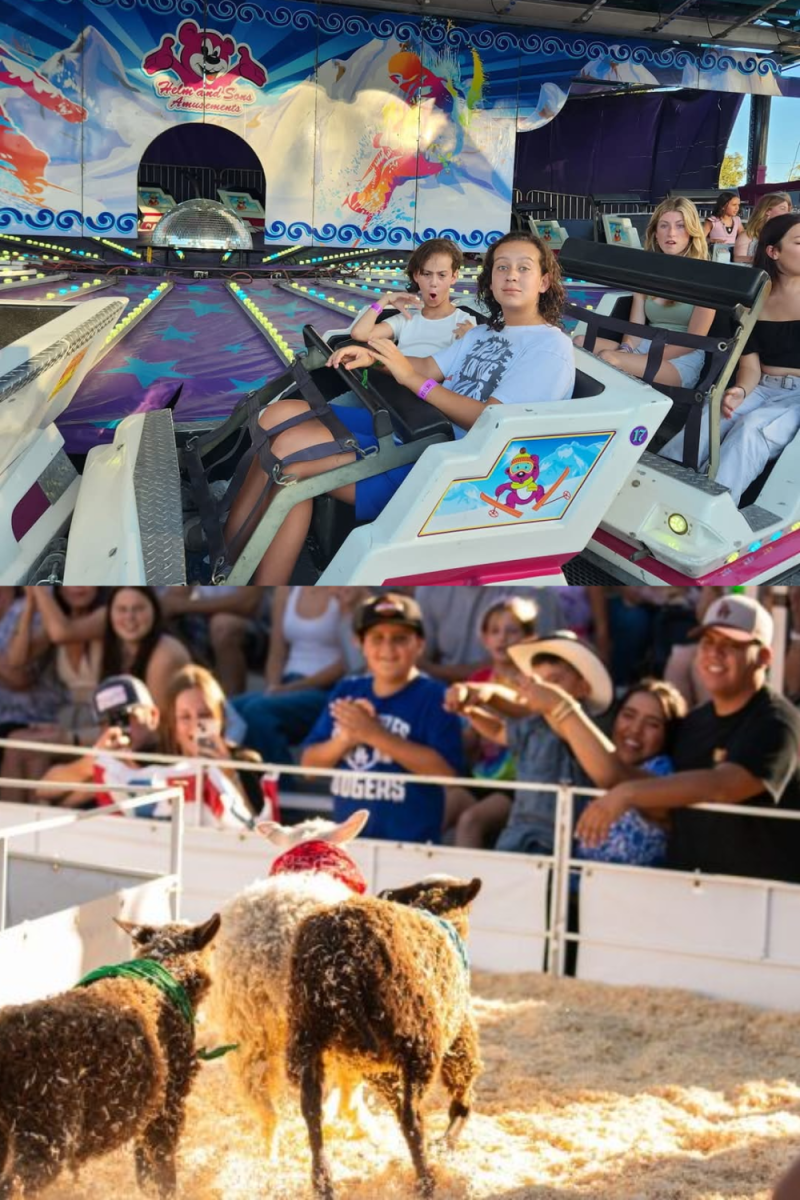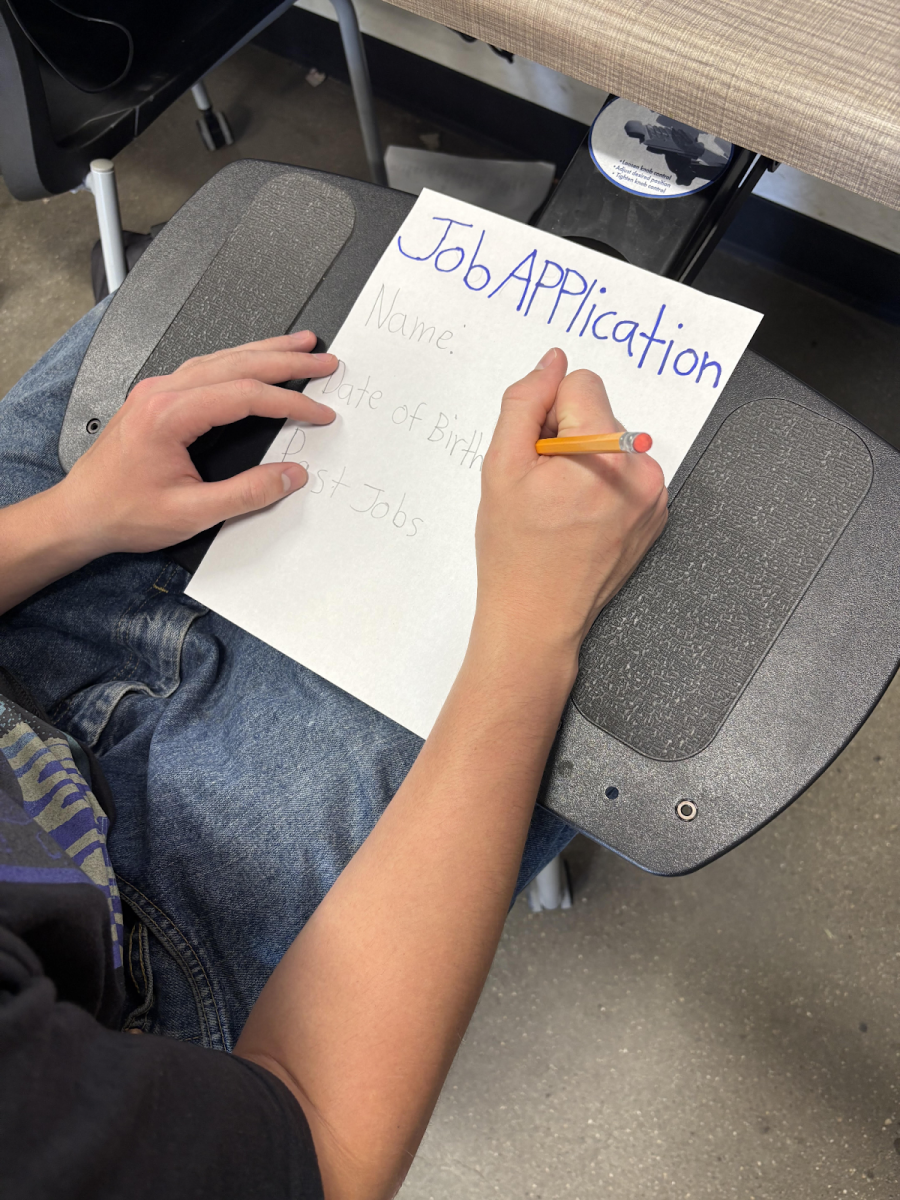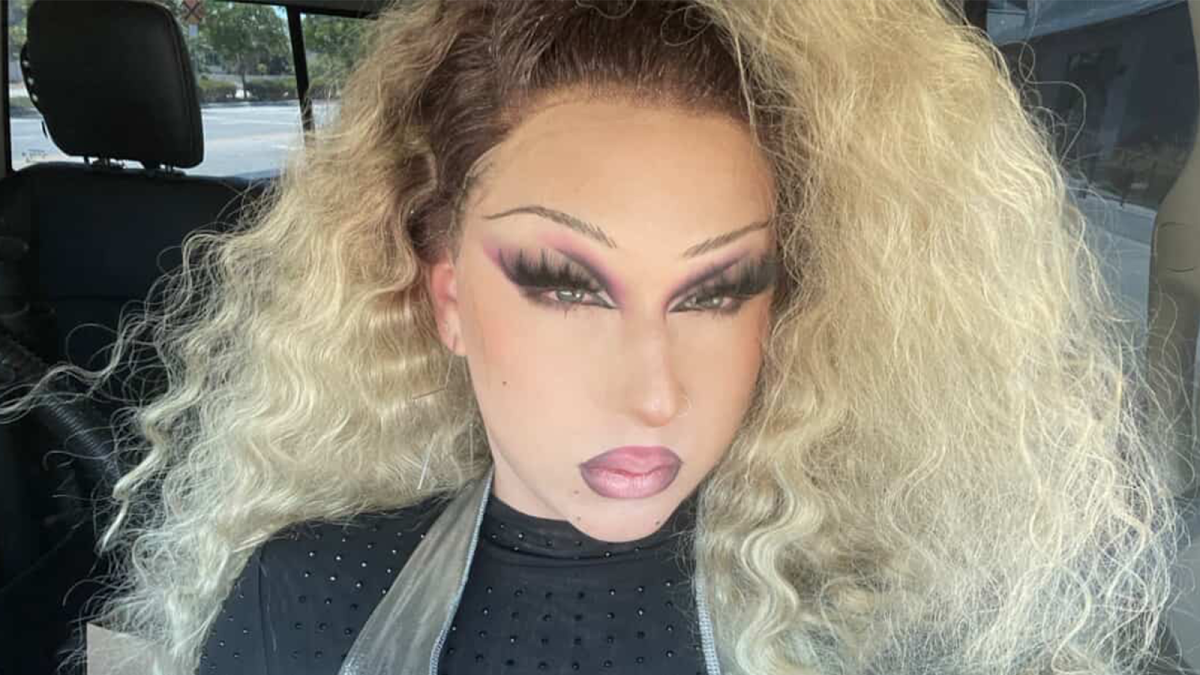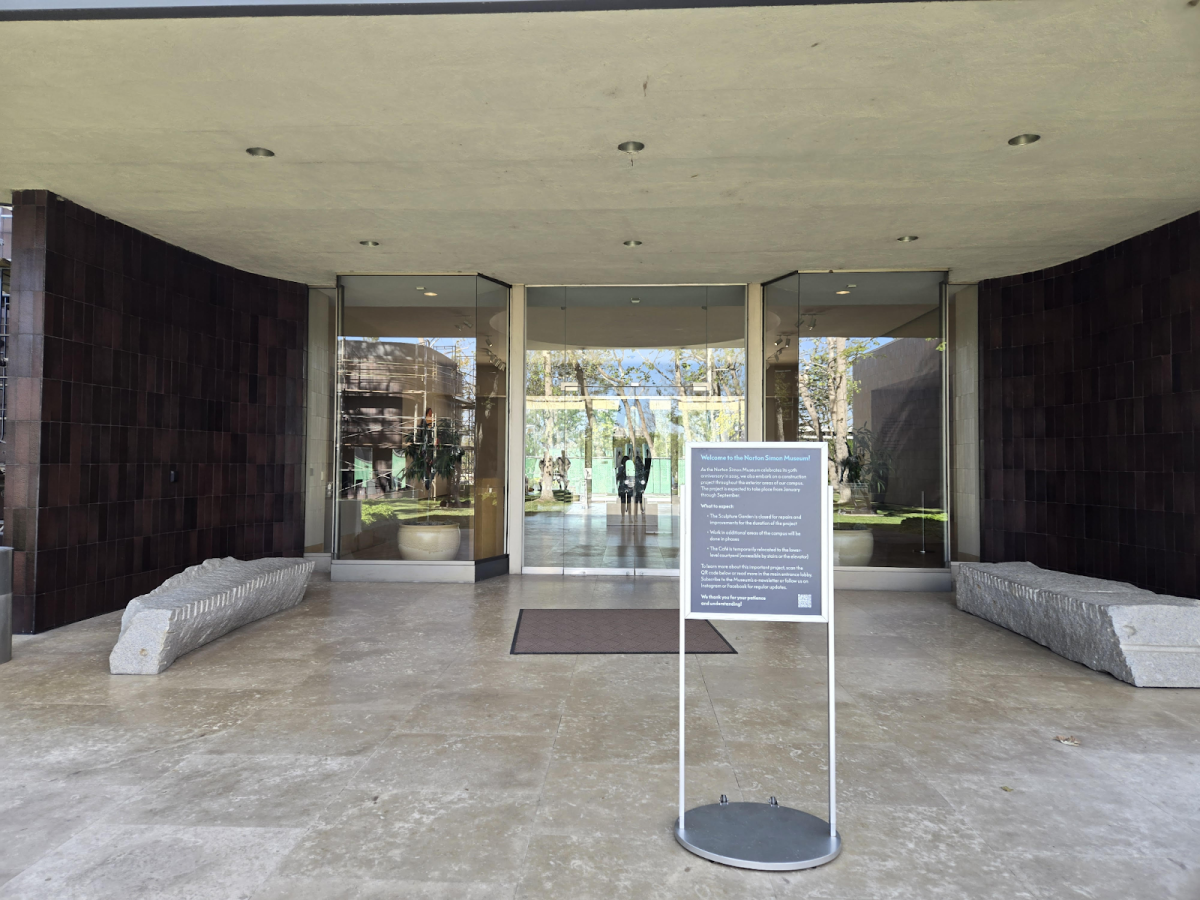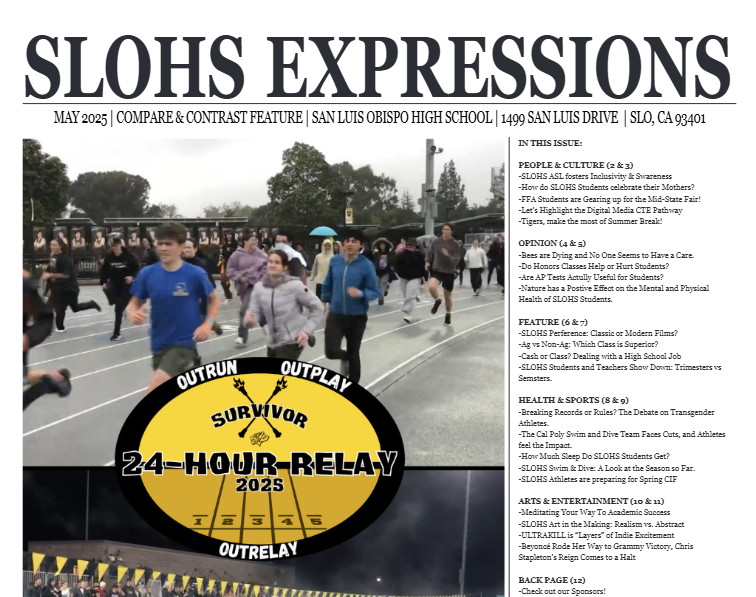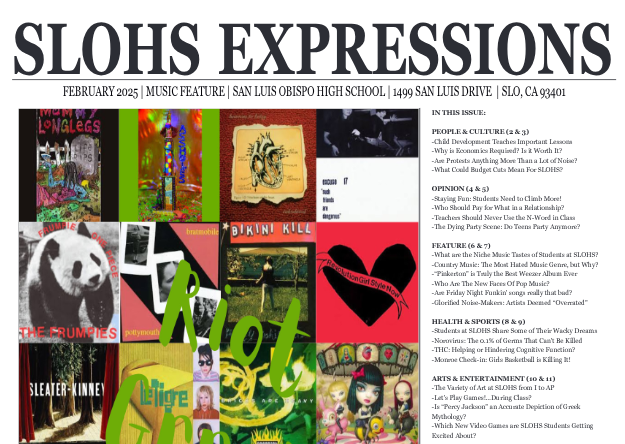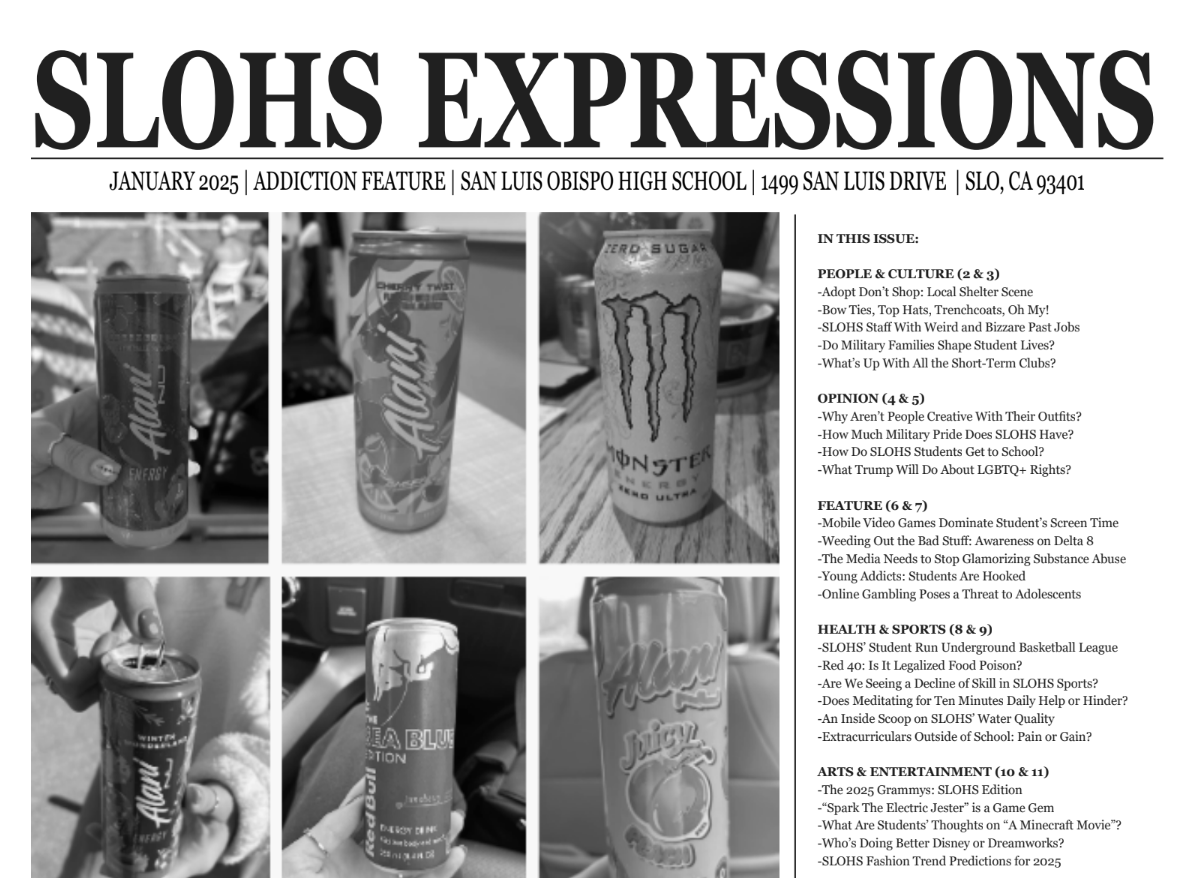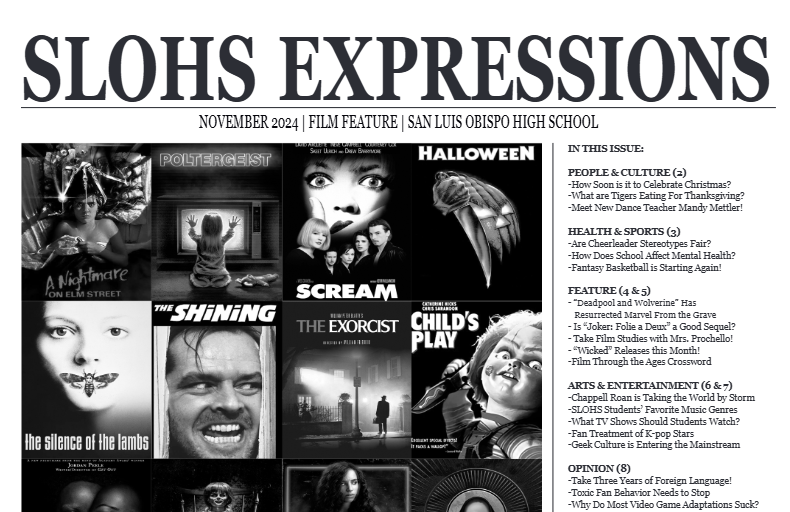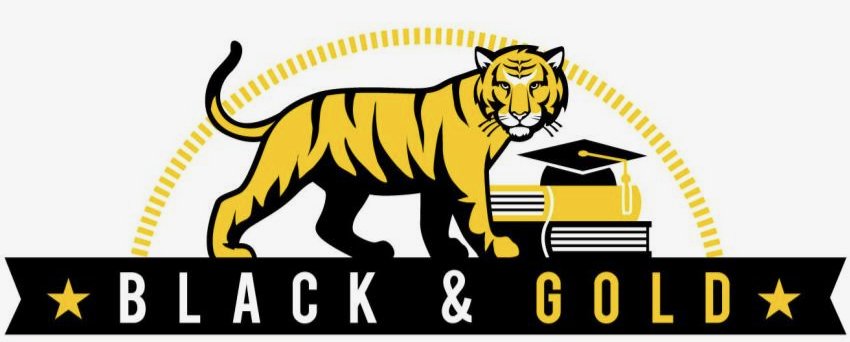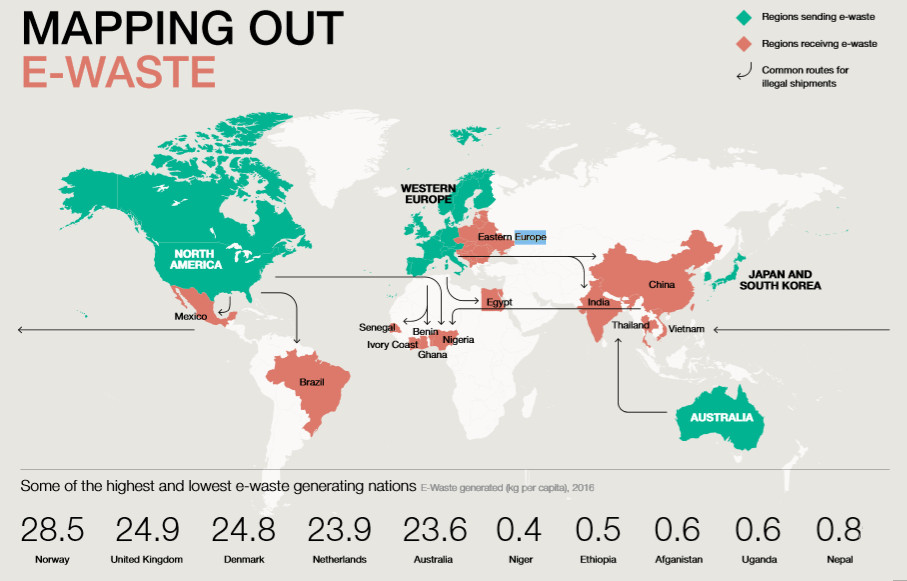Within the last twenty years, the generations of teenage students at San Luis Obispo High School has changed dramatically when compared to the staff at SLOHS. As seen on our school campus, the students have come up with different slang, even if it doesn’t make any sense to anyone else. Being an adult on the SLOHS campus could seem really different from when they were in high school. Expressions had the time to speak with a couple of teachers about the topic of student slang.
Teenagers in this generation use the oddest slang, but yet we understand what we are trying to say. When we speak to teachers in our “slang”, some may be confused and puzzled by what we are trying to say.
The culture today, of the things we say and think it is okay, makes the society much difficult to live in and also much more ruthless to the students who speak with the first thing that comes into mind. Things were much different from when our teachers went to school.
“It was mostly face-to-face, and later in high school, people were getting phones, so we would text. Social media really wasn’t big so we didn’t communicate through that, which I feel most high schoolers do now. High schoolers were informal in how they spoke with one another, similar to how I’d say students are now,” said chemistry teacher Jessica Yi.
Now that our teachers and staff mature and as the time changes we see much ruder slang but the students today have a much more closed mind about the things that they say. The students think that this new slang is okay but for SLOHS school counselors could disagree.
“When I was in high school, most of the negative slang was related to sexuality and/or disabilities. example: fag, faggot, gay, retard. High school students today tend to focus negative slang towards cultures and race. In both cases, the words are offensive, so neither is better or worse,” said SLOHS counselor Chris Inman.
Many schools have this type of problem with the students using the wrong words for explaining and having a different intention. Students in this generation have many different meanings for words that may not be the same meaning to other students but might not have a harmful intention.
Today there is a lot of ways to communicate just through social media apps like, Instagram, Snapchat, Facebook, etc., but there are many more social websites that we do not know about that people used to use to communicate.
“We used AOL Instant Messenger, T9 texting, flip phones, also chats and texts were in broken grammar (ur, cya, ttyl, brb, gtg). Easier to hide behind social media identities today,” said Inman
Being able to see the different ways people talk and seeing the unique way people text makes society different and cool, but others, may not see the slang cool or unique.
“I find the word ‘Baller’ to be very offensive, due to the fact of how students use the word to describe [other] students,” said Spanish teacher Joanne Acebo.
The topics of slang, how student speak, and how people use extremely mean words to describe someone or to just be mean makes a big impact of teenage society and makes communicating such broad and cruel, but it can all be the total opposite.


